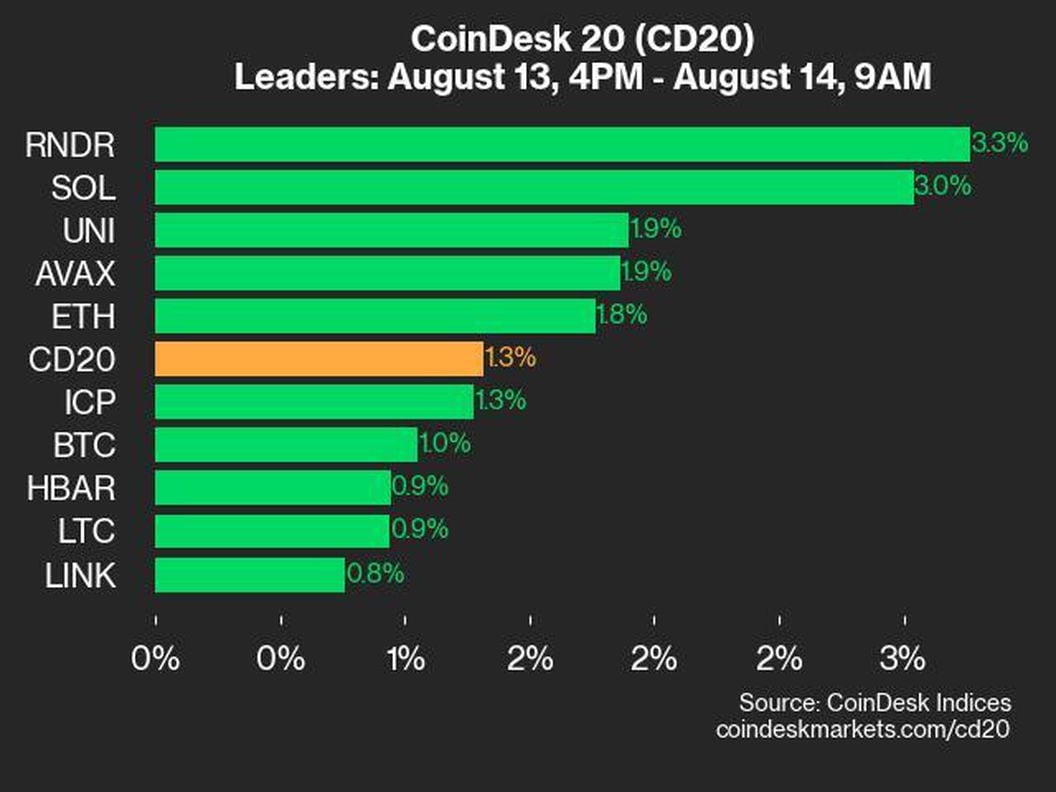(Bloomberg) -- Federal Reserve Governor Michelle Bowman called for less opacity in bank oversight, saying the supervisory and regulatory approach needs updating so it better serves the financial system.
“The greater flexibility afforded in the supervisory process can lead to poor outcomes, often caused by the temptation to use inaction and opacity as supervisory tools,” she said Monday in prepared remarks for an American Bankers Association conference for community bankers in Phoenix. “These tools, inaction and opacity, are not appropriate and must be subject to appropriate scrutiny or purged from the toolkit altogether.”
Bowman pointed to several areas she believes should be reviewed, including supervision, bank applications and regulation.
She asked whether current supervision “has led to a world in which core financial risks have been de-prioritized, and non-core and non-financial risks — things like IT, operational risk, management, risk management, internal controls, and governance — have been over-emphasized.”
Bowman said regulators need to take a step back on the entire bank regulatory system and ask “what is working, what is broken, and what needs to be updated.”
“When a bank requests feedback and engages in good faith to provide information and respond to reasonable questions, regulators have an obligation to provide a clear response,” she said.
Bowman also called for a “specialized resource” that can be used by any of the Fed reserve banks during pre-filing conversations with new bank applicants with the goal of “identifying and finding achievable pathways to yes.” She also said some of the same issues come up in merger applications.
“In my view, the purgatory of a long application process is another form of regulatory ‘inaction’ that must be eliminated,” she said.
Monetary Policy
Bowman also touched on monetary policy in her remarks and said it “is now in a good place.” She said while core measures of inflation are elevated, she expects the rate of price changes to moderate further this year.
Bowman cited “upside risks” and noted that progress back to the 2% target has been “slow and uneven.” The core consumer price index remained elevated in January, rising 3.3% for the year.
“Having entered a new phase in the process of moving the federal funds rate toward a more neutral policy stance, there are a few considerations that lead me to prefer a cautious and gradual approach,” she said. “Given the current policy stance, I think that easier financial conditions from higher equity prices over the past year may have slowed progress on disinflation.”





